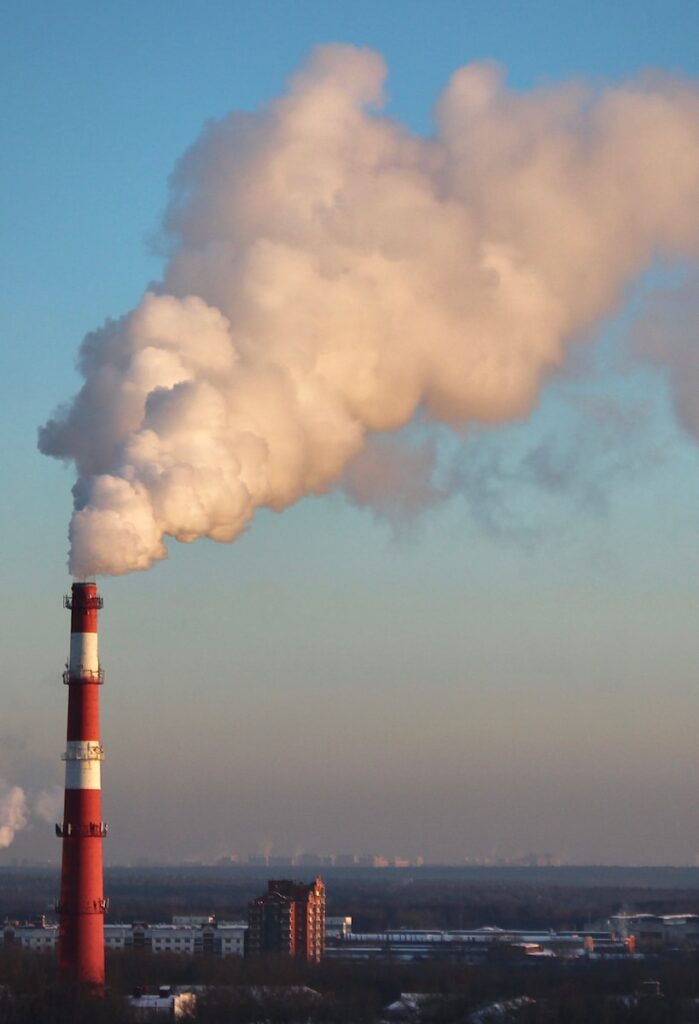Pollution Monitoring Devices: A Comprehensive Guide
Pollution monitoring devices are used to measure and track levels of pollution in the environment. These devices can be used to monitor a variety of different pollutants, including particulate matter (PM), ozone, nitrogen dioxide, sulfur dioxide, carbon monoxide, and carbon dioxide. These devices can be used in a variety of different settings, including outdoor air, indoor air, water, and soil.
Pollution is a major environmental problem that has a significant impact on human health and the environment. There are many different types of pollution, including air pollution, water pollution, soil pollution, and noise pollution. Pollution can come from a variety of sources, such as vehicles, factories, and power plants.
Types of Pollution Monitoring Devices
There are a variety of different types of devices available. Some of the most common types of pollution monitoring devices include:
- Air quality monitors: Air quality monitors measure the levels of pollutants in the air. These devices can be used to monitor both outdoor and indoor air quality.
- Water quality monitors: Water quality monitors measure the levels of pollutants in water. These devices can be used to monitor both surface water and groundwater quality.
- Soil quality monitors: Soil quality monitors measure the levels of pollutants in soil. These devices can be used to monitor the quality of soil in agricultural areas, urban areas, and other areas.
Pollution monitoring devices can also be classified by their level of sophistication. Some devices are very simple and easy to use, while others are more complex and require specialized training to operate.
How They Work
These devices work in a variety of different ways, depending on the type of pollutant being monitored. For example, air quality monitors often use optical sensors to measure the levels of particulate matter in the air. Water quality monitors often use chemical sensors to measure the levels of pollutants in water. Soil quality monitors often use electrical sensors to measure the levels of pollutants in soil.

"New technologies are being developed all the time that are making devices more accurate, affordable, and accessible."

Benefits of Using Pollution Monitoring Devices
There are a number of benefits to using these devices. These benefits include:
- Improved air quality: Monitoring devices can help to improve air quality by providing information about the levels of pollutants in the air. This information can be used to develop and implement strategies to reduce pollution levels.
- Improved water quality: These devices can help to improve water quality by providing information about the levels of pollutants in water. This information can be used to develop and implement strategies to reduce pollution levels.
- Improved soil quality: Monitoring devices can help to improve soil quality by providing information about the levels of pollutants in soil. This information can be used to develop and implement strategies to reduce pollution levels.
- Improved human health: These devices can help to improve human health by providing information about the levels of pollutants in the environment. This information can be used to develop and implement strategies to reduce exposure to pollutants.
Applications
These devices are used in a variety of different settings, including:
- Environmental protection agencies: Environmental protection agencies use these devices to monitor air quality, water quality, and soil quality. This information is used to develop and implement environmental regulations and policies.
- Industries: Industries use these devices to monitor their own emissions and to ensure that they are in compliance with environmental regulations.
- Research institutions: Research institutions use monitoring devices to study the effects of pollution on human health and the environment.
- Individuals: Individuals can use these devices to monitor the quality of the air, water, and soil in their environment. This information can be used to make informed decisions about their health and well-being.
Future of Pollution Monitoring Devices
The future of these devices is bright. New technologies are being developed all the time that are making pollution monitoring devices more accurate, affordable, and accessible. For example, new types of sensors are being developed that can detect a wider range of pollutants at lower levels. New types of data communication technologies are also being developed that are making it easier to transmit data from devices to data centers for analysis and storage.
